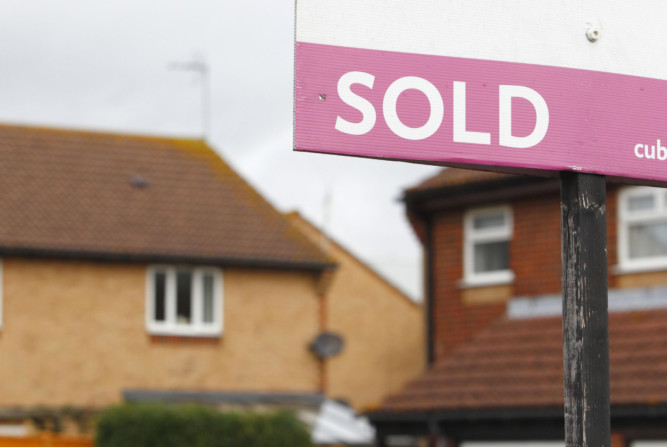
Home buyers will be hit in the pocket if Scotland’s new property tax fails to address soaring prices.
Experts fear housing inflation will mean homes that are currently exempt from the new tax thresholds will move up into higher-price brackets which trigger the taxes.
Stephen O’Neill, managing director of Glasgow-based Newton Property Management, believes the Scottish housing market is set to go through a period of significant growth. This will see the cost of many homes rise above £325,000, meaning anyone buying them will pay more under the new tax than they would under stamp duty.
He also claims many properties priced at £135,000, which would currently be exempt from paying the tax, will end up being liable to the new rates as their value rises above that level.
Property prices have doubled every 10 years since the 1950s.
This could see the average price of a detached property rise to £476,420 by 2024, leaving anyone buying that type of home facing higher tax rates than they currently would under stamp duty. His prediction follows the Scottish Government’s announcement that, as of April, the UK system of stamp duty will no longer apply in Scotland. Instead, property will be subject to a new Land and Buildings Transaction Tax (LBTT).
Mr O’Neill said: “The way the new tax has been structured is said to benefit 90% of people. If we are on the cusp of significant house price growth then you may find it won’t be long before it’s only 20% of people that are really going to benefit because house prices are going to grow.”
Scottish Conservative finance spokesman Gavin Brown said the Scottish Government had not considered the impact of rising house prices.
He said: “This move will punish hardworking families who simply aspire to a bigger home and when prices rise and more people are brought into that bracket, the impact will be worse and more widespread.”
Meanwhile, SNP ministers have been left red-faced after the Scottish Government’s own economic advisors warned the new tax might not raise as much cash as they hope.
The Scottish Fiscal Commission has warned forecasts fail to take into account the “behavioural response” of people wanting to avoid paying the “relatively high” rates of the new set-up.
A Scottish Government
spokesperson said rates and bands “will be kept under review”.

Enjoy the convenience of having The Sunday Post delivered as a digital ePaper straight to your smartphone, tablet or computer.
Subscribe for only £5.49 a month and enjoy all the benefits of the printed paper as a digital replica.
Subscribe